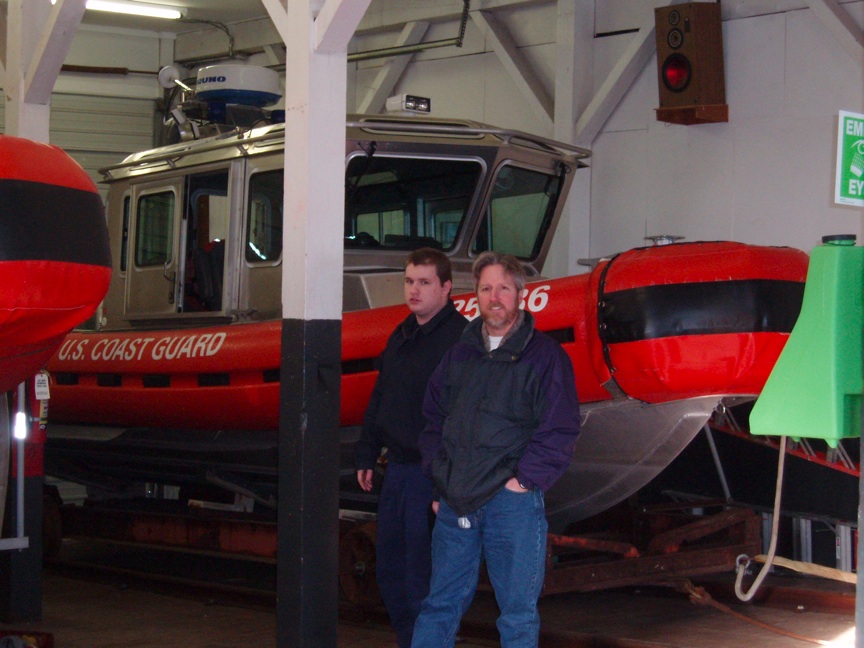This summer at the Kansas State Fair, I felt like I was getting a lot of strange looks. I tried to brush it off, telling myself that it was no crime to have never slopped a pig or stolen eggs from under a roosting a hen—I should still be welcome at the fair.
I was positive there were other non-farm girls there. Probably even some that grew up in the city; I, at least, shared a property line with a cow pasture. But people just kept staring.
I really got embarrassed when a representative from the Farm Bureau Federation started to laugh out loud and point at me.
When it finally donned on me that I was wearing my Don’t Eat Poop t-shirt that day, I turned to let him read the back: Wash Your Hands.
I explained that I worked for an organization that wants to turn the public’s attention to food safety.
He seemed to think that particular method was effective. “But do you make farmers look bad?” he asked while raising one eyebrow.
I told him we felt it was important that everyone does their part, from the farm to the fork.
He smiled, but I think he remained skeptical.
I raised my eyebrow today at a press release in which the director of congressional relations in the California Farm Bureau National Affairs and Research Division, Josh Rolph, was quoted as saying,
"Congress and the new administration will be sure to consider changes to the way the government oversees the safety of food production. We want to make sure that any changes don’t prove to be burdensome to farmers, who are growing the safest food supply in the world."
I wish I could meet this guy and stare strangely at him. If anyone’s going to claim to grow the safest food in the world, they’re going to have to take some pains to prove it.(1).jpg)
“The nation’s farming community understands the need to improve food safety, Rolph said, but the farm-level impact to producers must be considered in any new food safety proposals.”
Salinas vegetable farmer Dirk Giannini referred to the surge in food safety action plans following the outbreak of E. coli from spinach in 2006, and explained that a frenzy of “non-scientific ideas” were putting farmers out.
"And don’t get me wrong,” said Giannini, “The farmers do not want to jeopardize anyone’s health or life—we have the safest food supply in the world. But the scientific-based decisions are the ones that we need to move forward."
Of course any actions to increase the safety of the food supply should be backed by scientific evidence, but public claims of safety should have the same foundation.
 To the farmers who grow the food I appreciate every day: In your products and in your claims, Don’t Sell Poop.
To the farmers who grow the food I appreciate every day: In your products and in your claims, Don’t Sell Poop.

.jpg) In light of that, a reporter for the
In light of that, a reporter for the  petting zoo having substantial E coli O157:H7 contamination.
petting zoo having substantial E coli O157:H7 contamination.  late-night chinese food. Basically anything heavy and greasy tastes good after a few beers, but the places serving them have to know the risks associated with what they are serving, and where things might go wrong. Public health officials and food safety folks need to help businesses with this. If you don’t know what could go wrong, you shouldn’t be serving it.
late-night chinese food. Basically anything heavy and greasy tastes good after a few beers, but the places serving them have to know the risks associated with what they are serving, and where things might go wrong. Public health officials and food safety folks need to help businesses with this. If you don’t know what could go wrong, you shouldn’t be serving it. But we drank it.
But we drank it. (1).jpg) Then there’s the researchers
Then there’s the researchers.jpg)

 Frank Zappa
Frank Zappa Angry, Gibson called the Havana Police Department.
Angry, Gibson called the Havana Police Department. That was two weeks ago.
That was two weeks ago.  On a beautiful sunny Saturday in Lawrence, the handwashing word was spread from the Farmers market, through the fabric store, to the Merc. The combination of Chinese characters and the Don’t Eat Poop web address were enough to spark conversations in food safety and educational techniques. The most common initial reaction is wide eyed disbelief that anyone would say that in public, but upon further explanation most people have stories of their own to relate, and the conversation is off and rolling.
On a beautiful sunny Saturday in Lawrence, the handwashing word was spread from the Farmers market, through the fabric store, to the Merc. The combination of Chinese characters and the Don’t Eat Poop web address were enough to spark conversations in food safety and educational techniques. The most common initial reaction is wide eyed disbelief that anyone would say that in public, but upon further explanation most people have stories of their own to relate, and the conversation is off and rolling. 